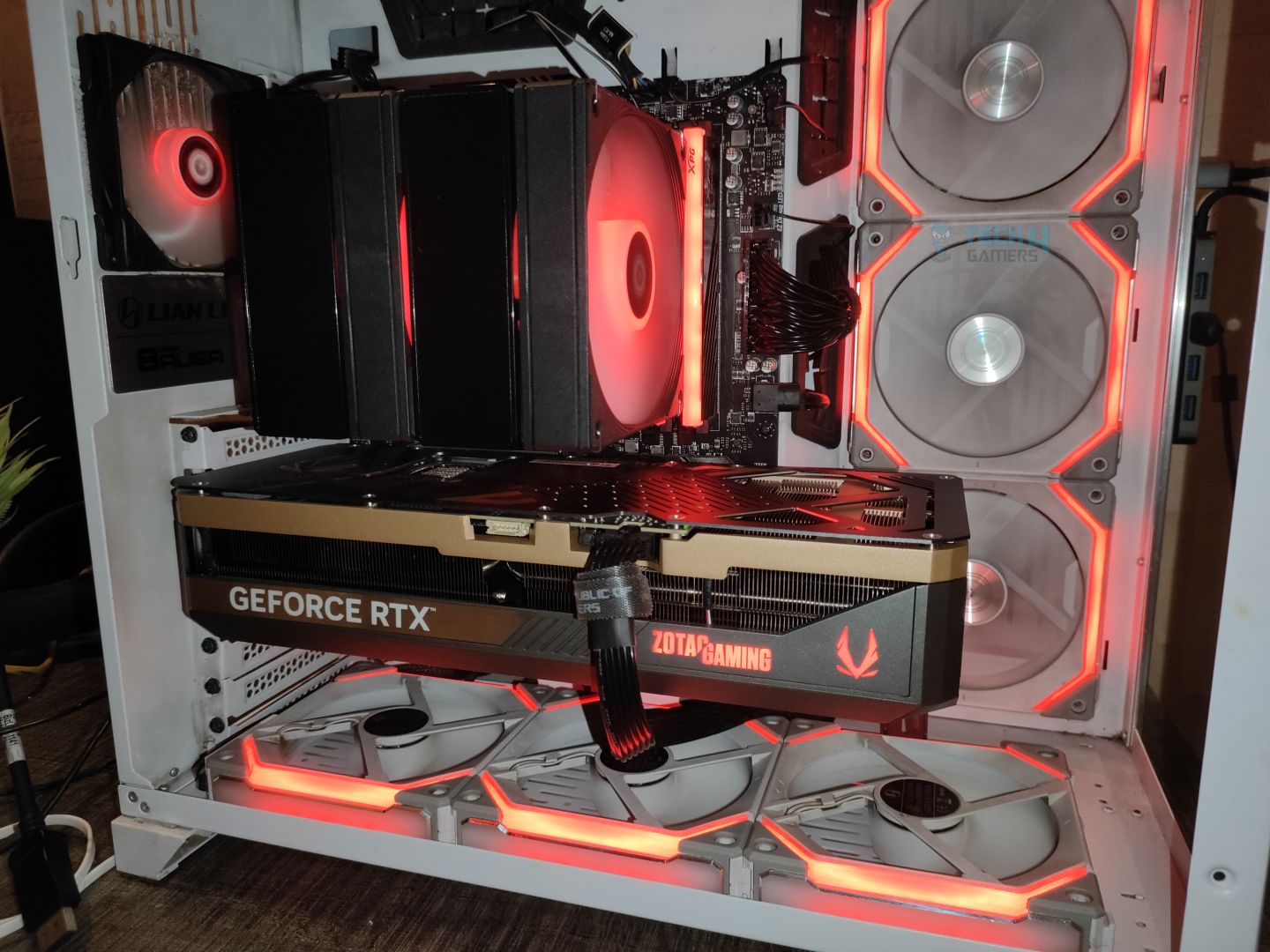In the realm of PC hardware, the choice of storage devices is an important decision that greatly influences the performance and reliability of your system. Among the available NAND flash memory technologies, Single Level Cell (SLC) has emerged as a formidable contender, boasting unique advantages when compared to its Multi-Level Cell (MLC) and Triple-Level Cell (TLC) counterparts. In this article, I will explain what SLC is and how it works.
Also Read: What Is An SSD Controller?
Key Takeaways
- SLC or Single-Level Cell is the simplest storage type that is used in SSDs. Unlike MLCs and TLCs, which store two and three bits per cell, SLCs store one bit per cell, respectively.
- The standout feature of SLCs is their high endurance and fastest performance, making them expensive.
- SLCs are used in applications where data integrity and speeds are critical.
What Is SLC?

SLC, or Single-Level Cell, is a type of NAND flash memory used in various storage technologies (e.g., SSD) in a PC build. It is a simple and robust method of storing data in a computer. Unlike other storage types like MLC and TLC, SLC stores only one piece of information, or one bit, in each storage cell. This simplicity makes it fast and long-lasting because it doesn’t wear out as quickly as other types[1].
SLC Vs. MLC Vs. TLC
Fast storage devices like SSD memory commonly utilize three types of cells. Each one of them has certain pros and cons associated. Let us briefly look at the comparison of these three cell types:
| SLC | MLC | TLC |
|---|---|---|
| Stores a single bit of data per cell | Stores two bits of data per cell | Stores three bits of data per cell |
| Best in performance | Performance lies between SLC and TLC | Provides decent performance |
| Has an exceptional lifespan | Has moderate endurance | Has low endurance comparatively |
| Comes at a higher price | Has a moderate price point | Comparatively, it costs less than the other two |
Where Is SLC Used?

The storage devices comprising SLCs provide top-tier performance along with exceptionally high endurance. But these wonders come at the expense of money. So, SLC storage devices are mainly used in applications and industries that demand exceptional performance, endurance, and reliability[2]. Some of the famous uses of SLC SSDs are in the enterprise sector, where they ensure data integrity in critical operations.
It’s also vital in demanding industrial and military applications where it withstands extreme conditions and serves in avionics and military-grade storage[3]. Additionally, it benefits IoT devices, industrial sensors, and embedded systems by efficiently managing data and meeting industry needs for reliability.
Related Helpful Resources By Tech4Gamers:
References:
- Difference between SLC, MLC, TLC and 3D NAND in USB flash drives, SSDs and memory cards. Retrieved from https://www.kingston.com/en/blog/pc-performance/difference-between-slc-mlc-tlc-3d-nand
- Choosing the Right SSD Technology for Expanding Embedded Application Requirements. Retrieved from https://www.advantech.com/en/resources/news/choosing-the-right-ssd-technology-for-expanding-embedded-application-requirements#1
- Solid State Storage in Military and Aerospace Applications. Retrieved from https://galleonec.com/solid-state-storage-in-military-and-aerospace-applications/
Thank you! Please share your positive feedback. 🔋
How could we improve this post? Please Help us. 😔
[How To Guides Specialist]
Dayan Shahid is a skilled mechanical engineer passionate about technology. With certifications in various programming languages and subjects ranging from microcontrollers to aerial robotics, Dayan can effortlessly present complex technical topics in an engaging way. His ability to bridge the gap between theory and practical applications sets him apart as he continues to inspire others through their insightful content.


 Threads
Threads

![Skyrim Not Detecting Nvidia Graphics Card [SOLVED] Skyrim Not Detecting Nvidia Graphics Card](https://tech4gamers.com/wp-content/uploads/2023/01/Skyrim-Not-Detecting-Nvidia-Graphics-Card-218x150.jpg)

![HDMI On Motherboard Not Working [SOLVED] HDMI On Motherboard Not Working](https://tech4gamers.com/wp-content/uploads/2022/09/HDMI-On-Motherboard-Not-Working--218x150.jpg)
